*NOTE: Clicking on an image will dramatically improve its legibility.*
It was a sweltering summer night, and four men huddled in the corner of a dimly lit tavern in downtown Denver. The four men, reporters for the major Denver newspapers, whispered in conspiratorial tones. Each had been tasked by their editors to patrol the hotel beat in lower downtown, scavenging for an interesting tidbit or two with which to enlighten and entertain the masses. Each had come up empty.
It’s rumored that Al Stevens, reporter for the Denver Republican, was the first to suggest fabricating a story. The others, Jack Tournay, John Louis and Hal Wilshire (employed by the Denver Times, Denver Post and Rocky Mountain News respectively), debated the idea briefly. A consensus was quickly reached, given that their deadlines were rapidly approaching, and none were anxious to meekly return to their editors empty handed. Besides, what harm could it do?
And so they set about the task of concocting a story; one which would pique the interest of the public, not be too easily discredited, and hopefully be quickly forgotten without too many follow-up questions. It’s impossible to know what ideas were bandied about and summarily dismissed, but we do know what tale they ultimately settled on.
The tale involved Frank Lewis, a civil engineer from Chicago, who stopped over in Denver on his way to San Francisco, bound ultimately for China. The reason for his excursion was simple: The Chinese government was planning to destroy part of the Great Wall, and use the rubble to build a “remarkably fine road” from Nanking to Siberia, and the syndicate of Shy-Town investors Mr. Lewis represented wanted the contract. Absurd? Yes… but not quite to the point of implausibility.
While it didn’t exactly become a national sensation, the reporters must have been a bit surprised… and perhaps more than a little nervous… when the story was picked up by a number of other papers throughout the country. Only the New York Times seemed to question why, if China wanted the wall torn down, wouldn’t they do it themselves?
Interestingly, there was one paper which didn’t run the story at all… the Rocky Mountain News. Despite Wilshire reportedly being part of the cabal which invented it, the story wasn’t in the News that Sunday morning, nor the following day, or any other day that week, or even in the Thursday edition of the Rocky Mountain Weekly News. It’s impossible to know why. Perhaps Wilshire had a sudden pang of conscience, or perhaps his editor thought the story was suspect, or maybe just boring.
One thing that’s certain is that the story would be even more obscure than it is today, if not for an article penned by Harry Lee Wilber for the North American Review in 1939. Wilber’s reporting on the hoax was so exaggerated and over the top that it, in itself, was essentially another hoax. The article was reprinted in Great Hoaxes of All Time in 1956 (which is where I found it), and again in the June 1970 issue of the Denver Westerners Roundup. The salacious reporting takes a fairly benign (if unethical) prank, and elevates it to the level of international scandal.
To start with, Wilber painted the story to be a much bigger deal than it was, going so far as to claim the Rocky Mountain News ran it as a front page story, with the headline “GREAT CHINESE WALL IS DOOMED – PEKING TO SEEK WORLD’S TRADE." That didn’t happen, as you can clearly see below, and in fact, as previously mentioned, they didn’t run the story at all. In fact, none of the papers involved put it anywhere near the front page.
Beyond his exaggerated claims of how “significant” the article supposedly was, and how widespread its reach, Wilber also stated that the tale had an international impact. According to his accounting, when word of the story reached China, it so angered the populace that it sparked the Boxer Rebellion! This is, of course, nonsense which stemmed from a cautionary sermon preached by Bishop Henry Warren, who is cited within Wilber’s article. The seeds of the rebellion were firmly planted over a year before the news story was ever conceived, and there’s no evidence that the Yihetuan faction at the heart of the uprising was ever aware of the article’s existence, let alone raised it as a banner for their revolt.
If you’d like to read these, or any other, old articles yourself, we have an extensive microfilm collection home to these and dozens of other newspapers (and more!) in the Western History and Genealogy department. Also, make sure to like our Facebook page, so you’ll be the first to know what other weirdness I manage to hunt down.

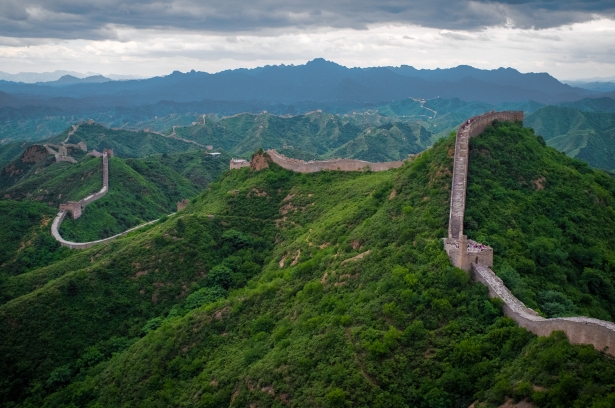
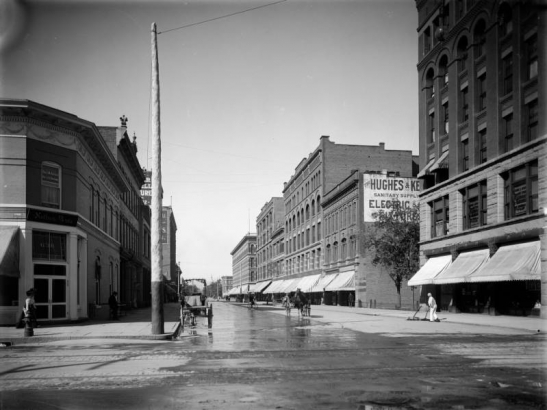

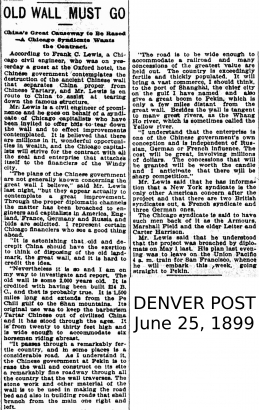

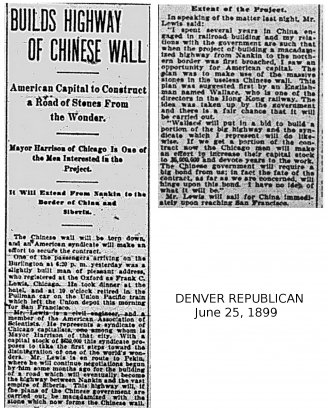
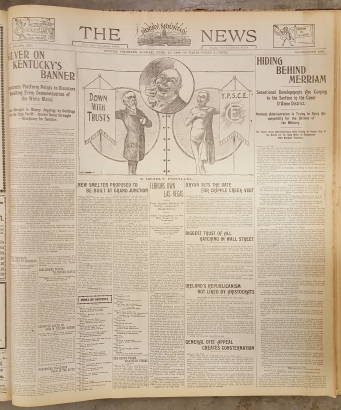
Comments
I think you may have misread
I think you may have misread this...
Add new comment